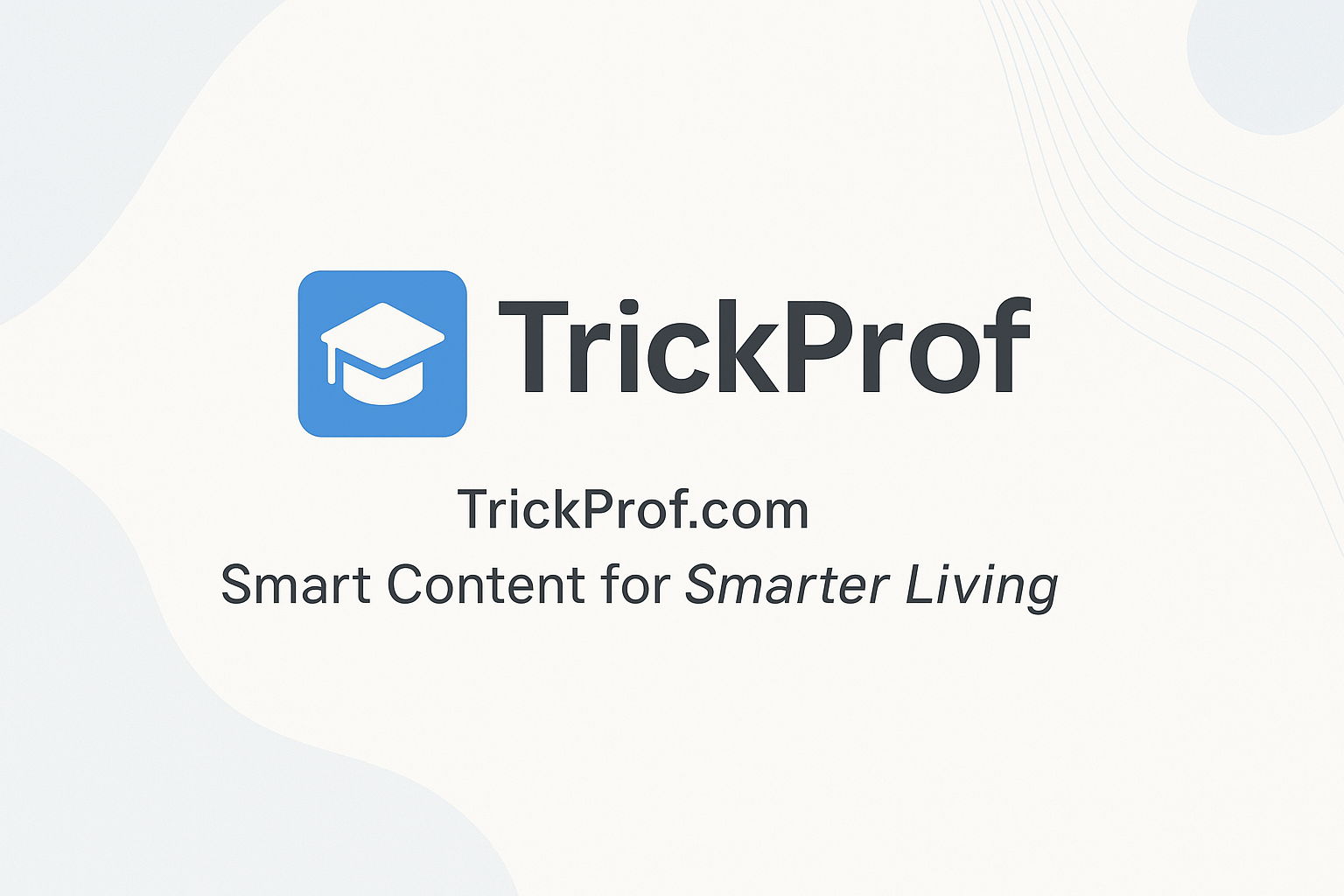SQL vs. MongoDB

SQL vs. MongoDB: A Simple and Detailed Guide
If you want to store and manage data for projects like websites or apps, you might come across SQL and MongoDB. They are two different tools for handling data, and each has its own way of working. This article explains them in easy, point-by-point sentences with more details to help you decide which one is best for you.
What Are They?
- SQL: A traditional database system that uses tables with rows and columns to organize data. It uses a language called SQL (Structured Query Language) to search and manage information. Examples include MySQL, PostgreSQL, and Microsoft SQL Server.
- MongoDB: A modern database that stores data as flexible documents, similar to JSON files. It belongs to the NoSQL family, which means it doesn’t follow strict table rules. It’s popular for apps that need to handle lots of data.
How They Store Data
- SQL: Organizes data into tables where every row has the same columns, like a spreadsheet. For example, a “users” table might have columns for name, age, and email, and every entry must fill those fields. This keeps everything neat and predictable.
- MongoDB: Saves data as documents inside collections. Each document can have different fields. For instance, one user might have a name and age, while another has name, age, and a photo, making it easy to add new details later.
Best Use Cases
- SQL: Perfect for data that doesn’t change much, like a bank’s customer list with fixed details (name, account number, balance) or an online store’s order history. It works well when you need to link data, like connecting customers to their orders.
- MongoDB: Ideal for data that grows or changes, like social media posts with text, images, and likes, or an e-commerce site with products that have different features. It’s great for apps that need to scale fast.
Ease of Use
- SQL: Requires you to set up a structure (called a schema) before adding data. For example, you decide every user needs a name and age upfront. This can be hard for beginners but ensures data stays organized and easy to manage.
- MongoDB: Lets you add data without a fixed schema. You can start with a name and later add an address without planning. This makes it quick to begin, but you need to be careful to avoid messy or duplicate data over time.
Querying Data
- SQL: Uses clear commands to find data. For example, SELECT * FROM users WHERE age > 25 gets all users over 25. It’s powerful for complex searches, like finding customers who bought something last month.
- MongoDB: Uses a different style with commands like db.users.find({ age: { $gt: 25 } }) to find the same data. It’s simpler for some tasks but might feel less familiar if you’re used to SQL.
Performance and Speed
- SQL: Works fast for small to medium-sized, structured data. It handles complex queries well, like joining multiple tables, but can slow down if you have millions of records or need to add servers.
- MongoDB: Excels with large, growing datasets. It’s quick for reading data, like showing product lists, but writing new data (e.g., adding users) can be slower because of its flexible nature.
Cost and Availability
- SQL: Some versions are free, like MySQL or PostgreSQL, which are great for personal projects. Others, like Oracle or SQL Server, cost money and are used by big companies. You might need to pay for support or advanced features.
- MongoDB: Offers a free community version that anyone can use, plus a paid “Enterprise” version with extra tools for businesses. Being open-source, developers can change it, but setting it up might need some tech skills.
Who Uses Them?
- SQL: Banks use it to track accounts, e-commerce sites use it for orders, and schools use it for student records. It’s common where data needs to be exact and connected.
- MongoDB: Tech startups use it for apps like Uber or Airbnb, websites use it for user profiles, and companies with big data (like Netflix) use it to handle variety and growth.
Scalability
- SQL: Grows by making one server stronger (vertical scaling), like adding more power to your computer. This works well but can get expensive and tricky when you need more servers to handle big traffic.
- MongoDB: Grows by adding more servers (horizontal scaling), like adding extra computers to share the work. This makes it easy to handle millions of users or data points.
Security
- SQL: Offers strong security with user permissions and encryption, especially in paid versions. It’s trusted for sensitive data like bank details.
- MongoDB: Has security features like authentication, but you need to set them up carefully. Free versions might need extra work to keep data safe.
Example Scenario
- Use SQL if you’re running a small shop and need to track sales with fixed details (product name, price, date). It keeps everything in order.
- Use MongoDB if you’re building a blog where posts have text, images, and comments that can change or grow over time.
Which One to Choose?
- Pick SQL if you have structured data, need clear rules, and are okay with planning ahead.
- Pick MongoDB if you have flexible or big data, want easy growth, and don’t mind some setup.
SQL and MongoDB are both great for storing data. SQL is like a tidy bookshelf with fixed spaces, while MongoDB is like a flexible drawer that adjusts to your needs. Try them based on your project, and you’ll find the right fit!
Tags
We are Recommending you:
- 5 Lesser-Known WordPress Plugins to Supercharge Your Website in 2025
- Git Commands: A Complete Guide for Developers
- The Developer’s Guide to Debugging WordPress Like a Pro
- Best Practices for Microservices
- ChatGPT vs. DeepSeek: A Simple Comparison
- Indian currency INR symbol on pdf using dompdf
- Convert a .pem file into a .ppk
- Git vs. GitHub: Understanding the Difference
- A Comprehensive Guide to OOP in PHP
Leave a comment
Comments

Master Your Time with the 80/20 Rule: A Simple Guide
Master Your Time with the 80/20 Rule: A...

Get Control of Your Time: 6 Easy Ways to Do More
Get Control of Your Time: 6 Easy Ways...

10 Inspiring Success Stories of Indian Entrepreneurs in 2025
India’s startup space is booming in 2025....

10 Inspiring Success Stories of Indian Entrepreneurs in 2025
India breeds dreamers who build empires....

DBMS interview question
1. What is database?A database is a...

Convert a .pem file into a .ppk
Convert a PEM File to PPK | Easy Guide for...

Mastering Git: 3 Hidden Commands Every Developer Should Know
Git is like a superhero for coders—it...

Install Zip and Unzip in Linux
Zip is a command-line utility tool used for...

Laravel 8 multi auth login
In this tutorial, I would like to share with...